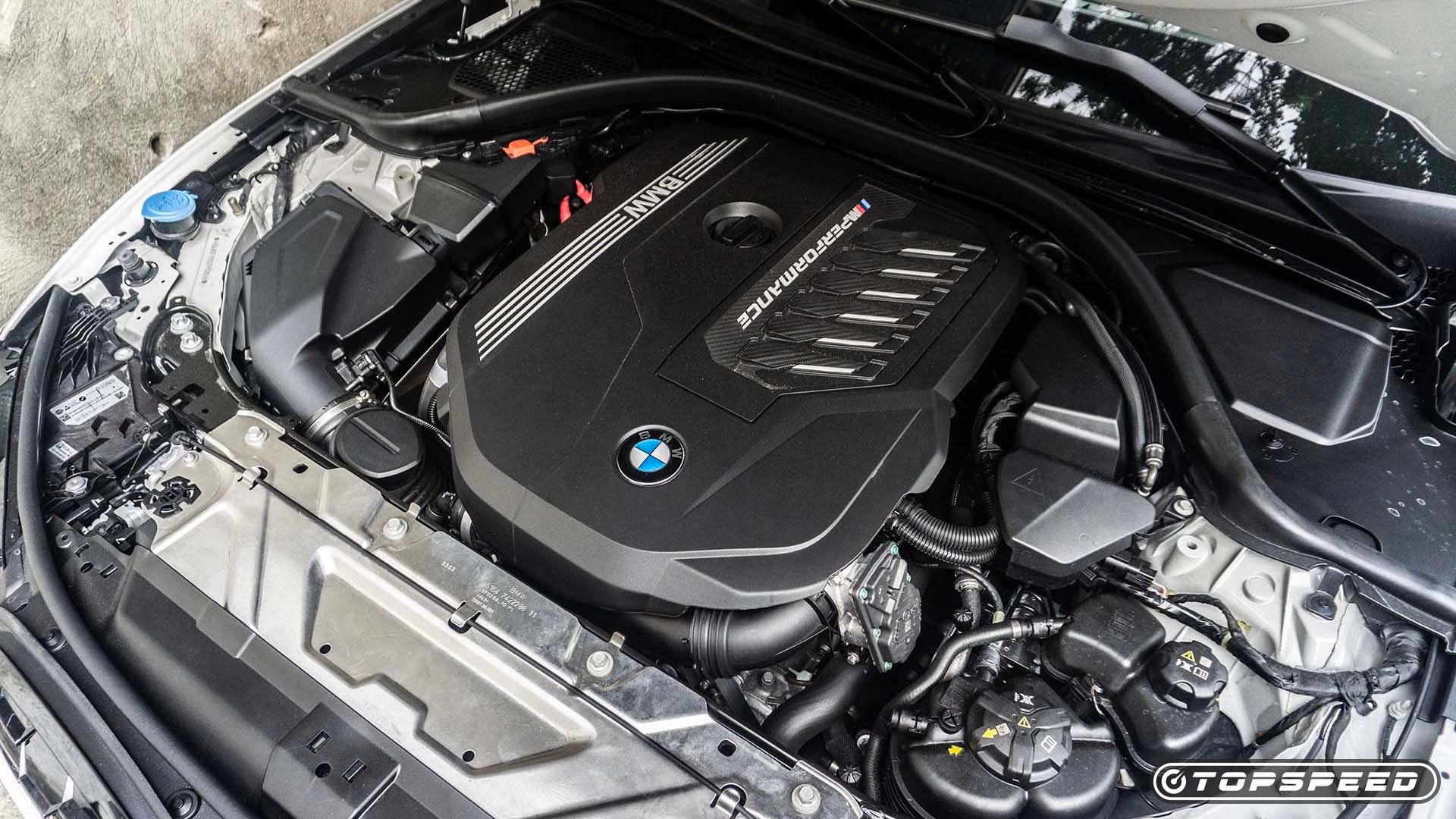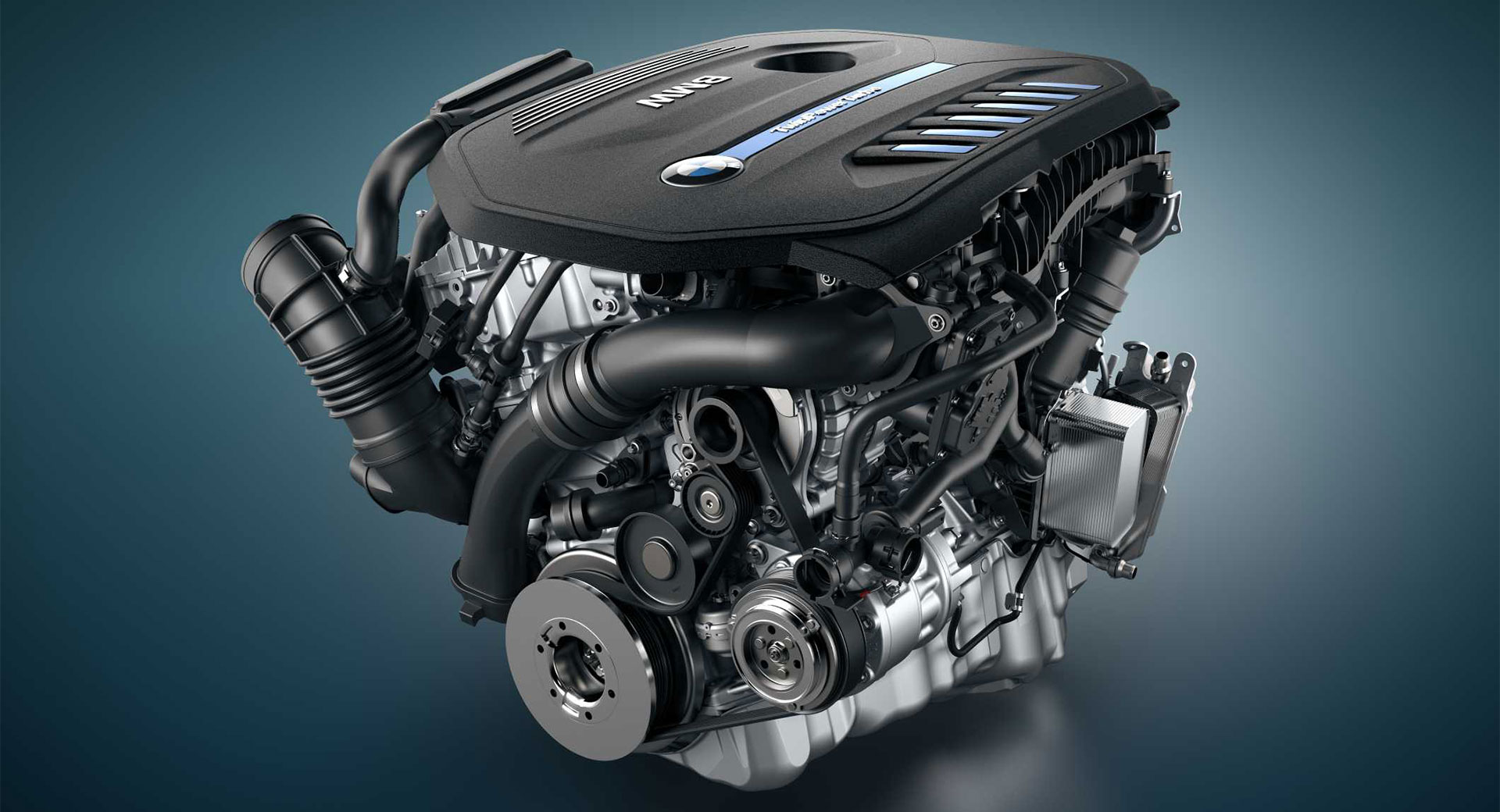Exploring the Evolution of Combustion Engines in Modern Transportation Systems
As we navigate the landscape of modern transport, the development of combustion engines stands as a testimony to human resourcefulness and engineering expertise. The interplay of history, modern technology, and environmental concerns in forming the trajectory of combustion engines develops a story that is both compelling and informative.
Early Beginnings of Combustion Engines
How did the idea of combustion engines first emerge in the very early stages of transportation growth? When the concepts of internal burning were first discovered, the roots of burning engines can be traced back to the 17th century. In 1673, Christian Huygens conceived a basic inner combustion engine that made use of gunpowder to generate power. However, it wasn't till the late 19th century that useful applications of burning engines in transportation began to arise.
The advancement moment featured the innovation of the initial successful gasoline-powered engine by Karl Benz in 1885 - bmw engine. This engine led the way for the growth of the modern car, revolutionizing transportation systems worldwide. Subsequent technologies by Nikolaus Otto and Gottlieb Daimler even more fine-tuned burning engine modern technology, resulting in the mass manufacturing of autos and the rapid growth of the transport sector
These early combustion engines were defined by their simpleness and performance, laying the foundation for the facility and effective engines made use of in modern-day transport systems. The advancement of burning engines has been critical fit the means we take a trip and deliver products, noting a considerable turning point in the history of transportation development.
Shift to Internal Burning Innovation
The shift to internal combustion technology marked a pivotal shift in the evolution of transport systems. This change began in the late 19th century, with inventors like Nikolaus Otto and Gottlieb Daimler creating the very first successful internal burning engines. These engines transformed transportation by supplying a much more effective and effective alternative to vapor engines and electrical motors.
One of the vital benefits of internal burning engines was their capability to be reduced to fit into vehicles, bring about the advancement of automobiles and motorbikes. This change from bulky, fixed engines to small, mobile ones paved the means for the modern transport systems we see today.
The transition to inner combustion modern technology likewise stimulated improvements in fuel innovation, leading to the advancement of fuel and diesel as main gas sources for lorries. This shift not just made transportation much more obtainable to the masses however also laid the structure for the oil and gas industry to come to be essential to international economic climates.
Effect of Combustion Engines on Transportation
The fostering of burning engines in transportation systems catalyzed an extensive change in the efficiency and speed of worldwide mobility. Combustion engines reinvented transport by providing a versatile and reputable resource of power for numerous vehicles, including cars and trucks, vehicles, aircrafts, and ships. This technology considerably improved the capability for individuals and products to relocate over fars away in much shorter amount of time, bring about increased connectivity between areas and countries.
In addition, the prevalent usage of burning engines has actually had a substantial effect on financial growth. The capability to deliver items effectively has actually spurred trade and commerce, permitting organizations to increase their markets and get to consumers worldwide. This has helped with economic development and globalization, as items can currently be carried quicker and in larger amounts than ever.
Nevertheless, the environmental impact of burning engines can not be forgotten. The burning of nonrenewable fuel sources has led to air contamination and greenhouse gas discharges, contributing to climate adjustment and presenting health and wellness risks to populaces. bmw engine. Because of this, there is a growing focus on establishing alternative propulsion modern technologies to alleviate these negative results and produce a more lasting future for transport
Innovations in Burning Engine Style
Numerous innovations in combustion engine design have actually pushed the evolution of transport systems over the decades. One remarkable advancement is the development of turbocharged engines, which make use of exhaust gases to drive a turbine that presses incoming air, permitting even more fuel to be scorched, resulting in raised power outcome without a significant rise in engine size. In addition, direct shot technology has actually improved fuel performance and performance by specifically controlling the quantity and timing of fuel infused right into the combustion chamber. Variable shutoff timing systems have likewise revolutionized engine layout by enhancing air movement at different engine speeds, improving both power and performance. One more substantial development is the assimilation of lightweight materials such as carbon fiber and light weight aluminum alloys, reducing overall engine weight and boosting lorry fuel economic climate. In addition, advancements in computer-aided design have allowed designers to optimize engine performance and effectiveness Discover More Here through simulations prior to physical prototypes are constructed, conserving time and resources in the growth procedure. These innovations jointly add to the continual renovation of burning engines in modern-day transport systems.
Future Fads in Burning Engine Advancement
With innovation innovations driving constant innovation, the future of combustion engine growth is poised to reinvent transport systems internationally. One of the key patterns in burning engine development is the press in the direction of greater performance and reduced discharges.
An additional prominent pattern is the fostering of crossbreed technologies in combustion engines. Crossbreed engines incorporate conventional burning modern technology with electric power, providing boosted gas efficiency and lower exhausts. As the automotive industry shifts in the direction of electrification, crossbreed combustion engines are seen as a transitional remedy that bridges the space in between standard lorries and important link fully electric ones.
Furthermore, the combination of clever modern technologies, such as artificial intelligence and data analytics, is expected to play a considerable duty in the future of burning engine growth. These technologies can optimize engine performance in real-time, leading to much more efficient combustion processes and improved general car efficiency. Welcoming these future fads will not only drive innovation in burning engine growth yet additionally add to an extra lasting and eco-friendly transportation ecosystem.

Final Thought
To conclude, the evolution of combustion engines in contemporary transport systems has actually been marked by substantial developments in innovation and design. From the early starts of combustion engines to the shift to internal burning modern technology, these engines have had a profound influence on transportation. Advancements in burning engine style continue to drive development in this field, with future trends concentrating on more boosting performance and minimizing discharges. The future of combustion engines in transportation looks encouraging as study and growth efforts remain to press borders.
The origins of combustion engines can be mapped back to the 17th century when the principles of internal burning were first discovered. These engines reinvented transportation by supplying a much more efficient and effective option to steam engines and electrical motors.

Comments on “Leading 5 BMW Engine Technologies Changing the Automotive Industry”